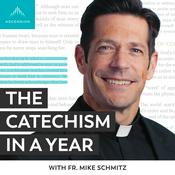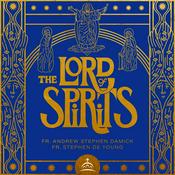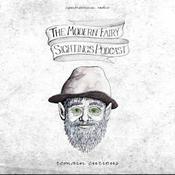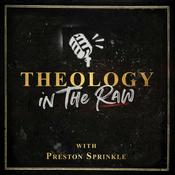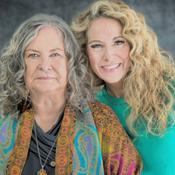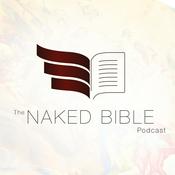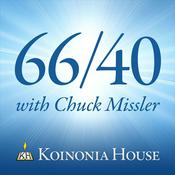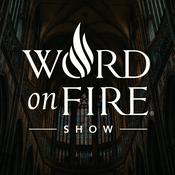188 episodes

186 - Should the Scriptures Be Taken Literally? | Church History Matters I Science & Religion Series
06/01/2026 | 58 mins.
The holy scriptures are sacred records written by real people—prophets shaped by their culture, language, and historical moment—yet inspired by the Holy Spirit. In this video, we explore how God works through imperfect humans to communicate eternal truths, and why the scriptures were never meant to function as scientific textbooks or literal play-by-play histories in every detail. Instead, the scriptures are primarily concerned with why we exist: our relationship with God, our divine identity as His children, and the purpose of life. They use poetry, symbolism, metaphor, and narrative to teach spiritual truths that transcend time and culture. Taking every verse literally can sometimes cause us to miss the deeper message God intends to convey. Science, by contrast, excels at answering different questions—how the universe works, who was involved, what happened, and when and where events occurred. When properly understood, science and scripture are not enemies but partners, each addressing different aspects of truth. This video invites viewers to adopt a faithful and thoughtful approach to scripture—one that honors inspiration, welcomes scholarship, and allows both revelation and reason to work together in the search for truth.

185 - Can Science and Religion Coexist? | Church History Matters I Science & Religion
30/12/2025 | 57 mins.
In this kickoff episode of a new Church History Matters series, hosts Casey Griffiths and Scott Woodward explore one of the most important conversations of our time: the relationship between science and religion—through the lens of Latter-day Saint theology. Drawing on history, philosophy, and faith, Casey and Scott examine two contrasting scientific worldviews represented by figures such as Richard Dawkins, who argues for a strictly material universe, and Albert Einstein, who saw room for awe, mystery, and meaning beyond equations. How do these perspectives shape the way we understand God, creation, and humanity’s place in the cosmos? This episode also tackles a crucial distinction: Science excels at answering the questions of who, what, when, where, and how—but it remains silent on the ultimate question of why. Latter-day Saint doctrine offers a framework where scientific discovery and divine purpose are not enemies, but partners in the search for truth. Whether you love science, cherish faith, or feel caught between the two, this series invites thoughtful dialogue, historical context, and a deeper appreciation for how restored theology engages one of the biggest debates in modern thought.

184 - Merry Christmas! What's Next for Church History Matters with Scott and Casey? - E52 December 22-28
16/12/2025 | 18 mins.
Welcome to Church History Matters Come Follow Me Edition where we are systematically diving into every section of the Doctrine and Covenants throughout the year 2025! In this episode Scott and Casey cover their plans for 2026 with many new exciting topics to come!

183 - The Family A Proclamation to the World CFM - A Deep Dive On The Family Proclamation - E51 December 15-21
09/12/2025 | 2h 22 mins.
Welcome to Church History Matters Come Follow Me Edition where we are systematically diving into every section of the Doctrine and Covenants throughout the year 2025! In this episode Scott and Casey cover the Family Proclamation, while covering the context, content, controversies and consequences of this important history.

182 - The Articles of Faith CFM - Intro to Latter-day Saint Beliefs - E50C December 8-14
04/12/2025 | 1h 36 mins.
Welcome to Church History Matters Come Follow Me Edition where we are systematically diving into every section of the Doctrine and Covenants throughout the year 2025! In this episode Scott and Casey cover the Articles of Faith, while covering the context, content, controversies and consequences of this important history.
More Religion & Spirituality podcasts
Trending Religion & Spirituality podcasts
About Church History Matters
Listen to Church History Matters, Timothy Keller Sermons Podcast by Gospel in Life and many other podcasts from around the world with the radio.net app

Get the free radio.net app
- Stations and podcasts to bookmark
- Stream via Wi-Fi or Bluetooth
- Supports Carplay & Android Auto
- Many other app features
Get the free radio.net app
- Stations and podcasts to bookmark
- Stream via Wi-Fi or Bluetooth
- Supports Carplay & Android Auto
- Many other app features


Church History Matters
download the app,
start listening.


